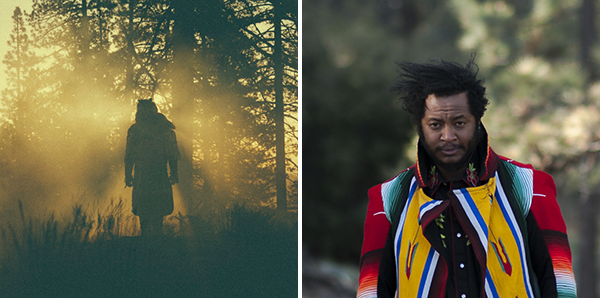
These strings share a bridge ( badaa gora) with the played strings, but they cannot be fretted.ĭrone strings continue all the way down the neck. A sitar can have one or two drone strings based on the model. Drone strings or Chikari(s)Įvery sitar has drone strings, called chikari, that are adjacent to the played strings. However, all these strings don’t get the same playtime. Let’s understand the three categories of strings and their role/function in Hindustani music: 1. Sitar strings are available in both music stores and online retailers, the string gauges can also vary based on the preference of the instrumentalist. Most off-the-rack sitars have 18 strings. Instead, they have other modifications to make them sound more rhythmic and to emphasize the treble. These sitars are modest-looking instruments without decorations. However, they have an additional drone string (chikari) for rhythmic accompaniment. VK-style sitars have 17 strings: 11 sympathetic, 4 drones, and 2 played strings. In some parts of India, these are referred to as Gandhar Pancham. They also have no bass strings and fewer sympathetic strings compared to an RS sitar. These only have one resonator gourd as they lack the upper gourd. It is a simpler, less ornate, and smaller version of the sitar. The Vilayat Khan sitar, also called the ‘ gayaki’ style. However, it also features an additional soundbox, ornate decorations, and two extra bass strings called “Kharaj.” The strings are tuned to a Low Pa and Low Sa (lower fifth and root), giving them an extra bass octave. It has 20 strings, three of which are drone strings, four melody strings, and 13 sympathetic strings. Ravi Shanker was a highly decorated musician, considered to be the best sitar player of the 20 th century.Ī Ravi Shankar sitar is also called a Kharaj Pancham sitar in many parts of India. He was a sitar virtuoso in the North Indian tradition of Hindustani Classical Music. The RS Sitar derives its design from the instrument played by Pandit Ravi Shanker. Let’s look at the two most common designs: The Ravi Shanker style sitar (RS) They are located along the fretboard, running down the instrument’s neck.Īs mentioned earlier, Sitars are divided into two basic types based on their string configuration, ornamentation, and construction. Sympathetic strings have small, plain tuning pegs. With the played strings featuring larger ornate tuning pegs. The tuning pegs for the played and drone strings run on or near the head of the sitar. Sitar frets are metal inserts with a curved or crescent shape.Īs for the strings, they are a combination of the following:Įach set of strings has corresponding tuning pegs called “ kuntis.” The pegs can be simple (nail-like), fluted, or lotus-shaped while expensive sitars can have elaborately carved tuning pegs. It has a 3 to 3.25-inch width and 20 frets. The dand is a long, hollow wooden neck made from a single piece of Sheesham (Indian Rosewood), Toon (Mahogany family), and/or Burma Teak.

We will focus on the neck as it houses the many strings of a sitar. It can be divided into two parts: the neck (called the ‘dand’) and the resonator (called the gourd). All about: Strings on the Indian sitarĪ sitar is a long-necked instrument, generally four feet (1.2 meters) in length. Here, we discuss how many strings standardized models of the sitar have and how they are used. Drone and sympathetic strings can only be strummed. The 21-string version includes three sub-categories: drone, sympathetic, and played strings.Įach set has its own bridge.


It derives its name from the Persian term seh-tar, which translates to “three strings.” But the name no longer represents how many strings a sitar has.

The sitar is one of the most prominent plucked string instruments in Hindustani Music (also called Indian Classical music). We explain all about the drone, played, and sympathetic strings.Learn about two types of sitars: RS and VK.Disclosure: We may receive commissions when you click our links and make purchases.


 0 kommentar(er)
0 kommentar(er)
